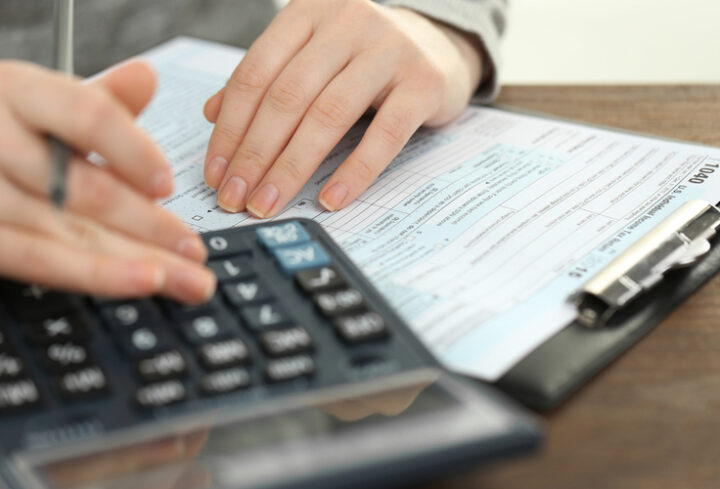
Countries have different rules and regulations regarding income and taxes. While U.S. citizens living internationally are allowed to take advantage of foreign trusts and tax-free savings accounts, there’s a caveat: Those tax-advantaged accounts might be taxable in the U.S. Find out when tax-free savings accounts are taxable and what forms you’ll need to complete as an American living in Canada.
What Is a Tax-Free Savings Account?
As the name suggests, a tax-free savings account or TFSA is a type of savings account. Anyone over age 18 living in Canada can open one of these accounts, many of which can hold various assets including cash, bonds and mutual funds. Account holders can contribute to their savings up to an annual cap, which is presently $6,000 CAD. Any income earned by the account — from interest income to dividend — is not taxable. Likewise, any contributions or withdrawals from the account are not taxable — by the Canadian government, that is.
There are two types of TFSAs: one where you are the sole owner of the account and one held in trust.
If you are the sole owner, the TFSA is considered a personal account rather than a trust. As such, you won’t need to fill out a special tax form for the account. Instead, you’ll include it when reporting other interest income, such as that from U.S.-held savings accounts.
However, if the account is a trust and there is a third party who has decision-making powers over the contents (known as a trustee), then the account needs to be reported using a specific tax form.
If you don’t know whether it’s a trust or single-owner account, look for the phrase “in trust” in your documentation. You could also contact the bank to confirm who has access to the account. It is important to follow the correct protocols, as you could be penalized by the IRS if it is determined that you didn’t report TFSA money using the proper form.
Who Needs to File Forms 3520 and 3520-A?
Owners of TFSA accounts held in trust must report the account on a 3520 or 3520-A Form, while sole owners do not need to file this paperwork. If you’ve been remiss in previous years and should have used form 3520 for TFSA income, there is an amnesty program that allows you to correct previous mistakes without being penalized.
If you are an owner of a TFSA account held in trust and are a U.S. citizen or resident, then you must complete Form 3520-A.
If you are a U.S. resident or citizen and any of the following apply, you must complete Form 3520.
- You are a U.S. owner of a foreign trust
- You receive contributions from a trust
- You earn money from or transfer money into a foreign trust
- You have property held in a foreign trust
In some cases, Canadians may need to fill out these forms when they hold a TFSA account or an RESP account, which is a Registered Education Savings Plan. However, accounts that are set up for retirement purposes are typically exempt from tax reporting when the owner is Canadian. Likewise, if the account is opened for specific eligible purposes, such as education or care for a future medical disability, there is no need to file Forms 3520 or 3520-A. If the account is not established for one of these three purposes, Canadian owners should plan to complete the form.
Get Help From a Tax Professional
It can be tricky to determine which form you need to fill out and how to correctly complete the documentation. The costs of getting it wrong could include fines, fees and tax liabilities. Luckily, Expat CPA offers a range of services for expats, including guidance for how to fill out form 3520 for a TFSA. To speak with an tax professional about your circumstances and get personalized advice, contact us today.
